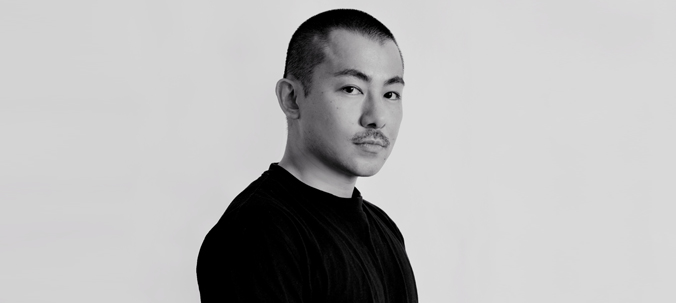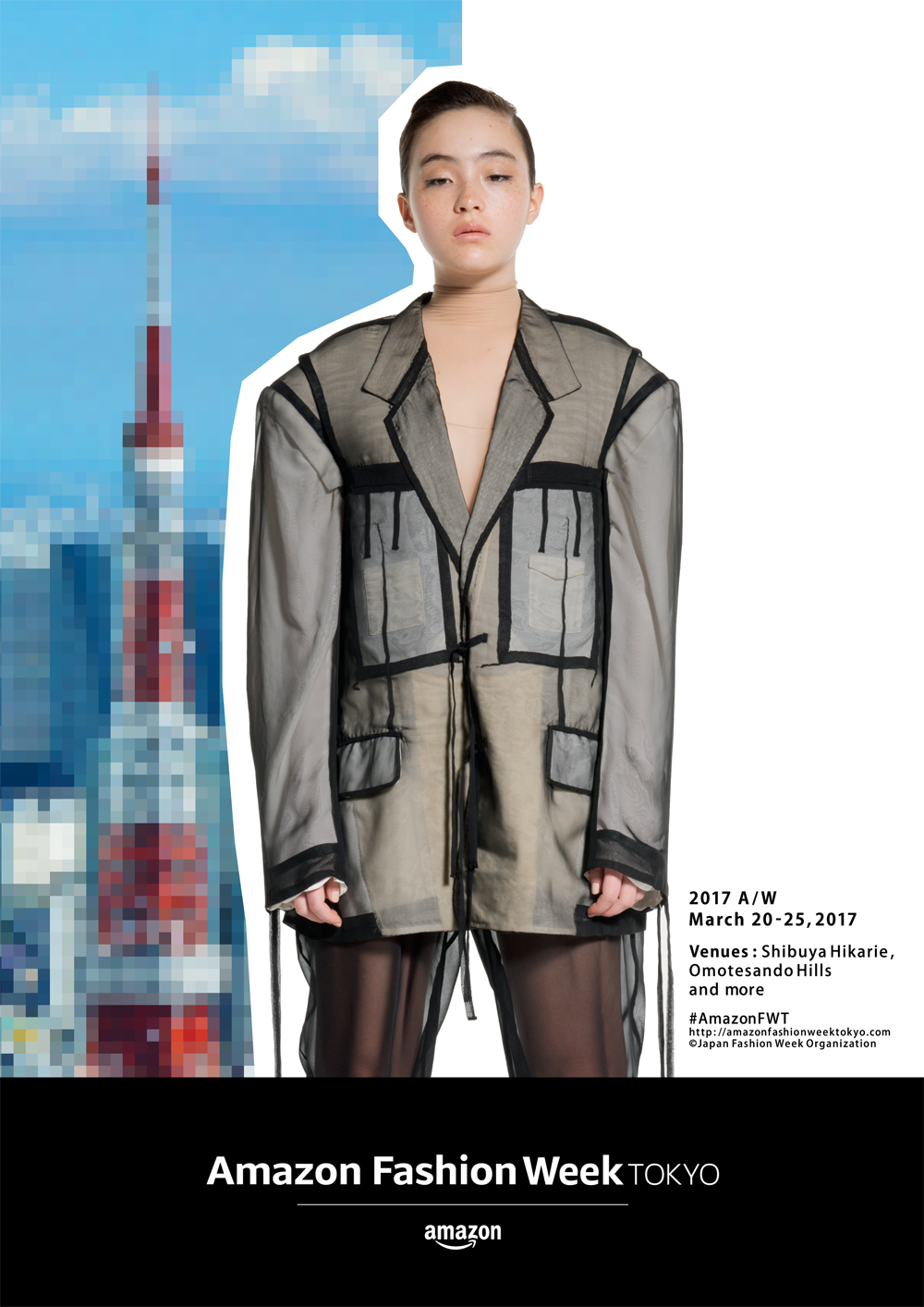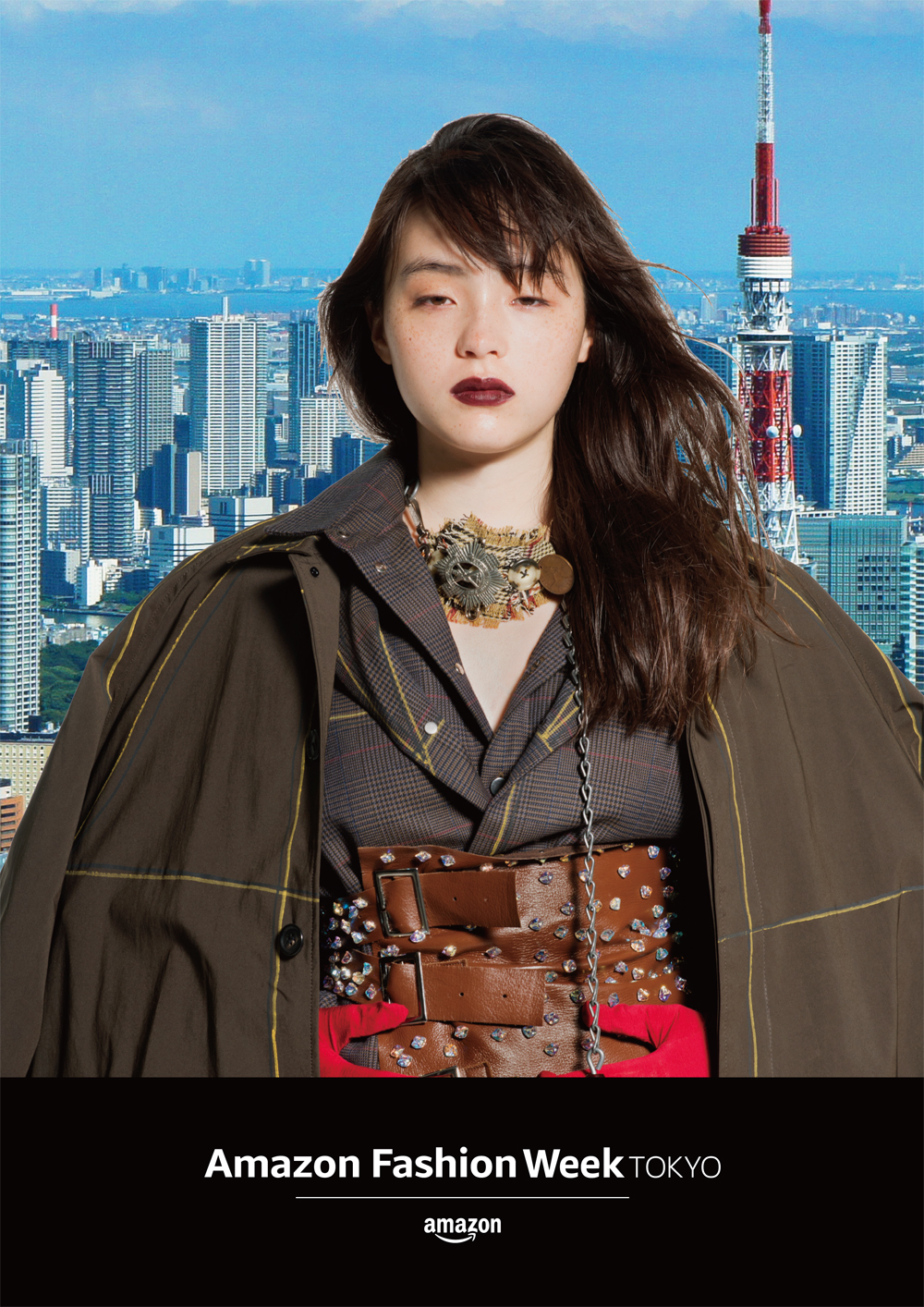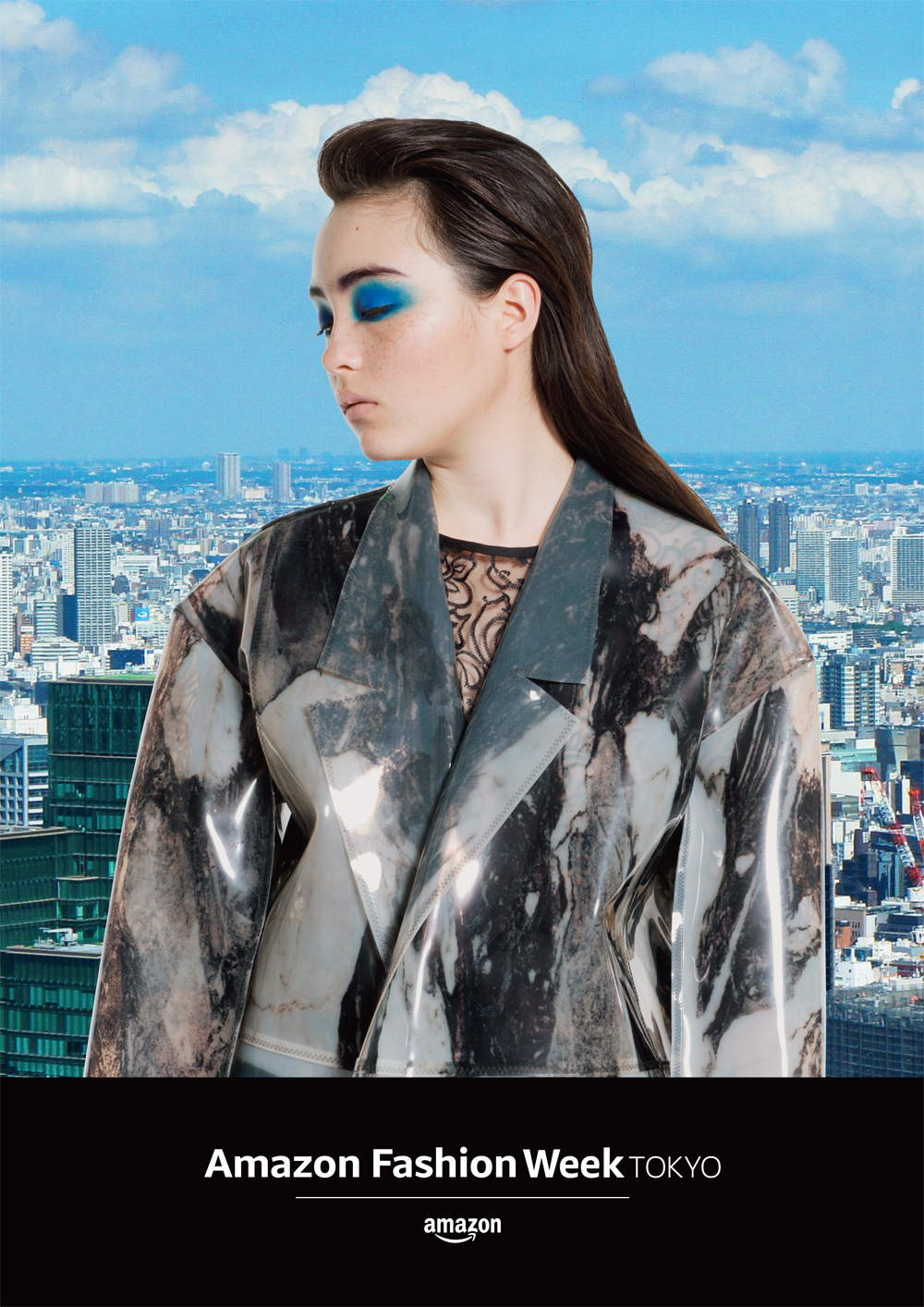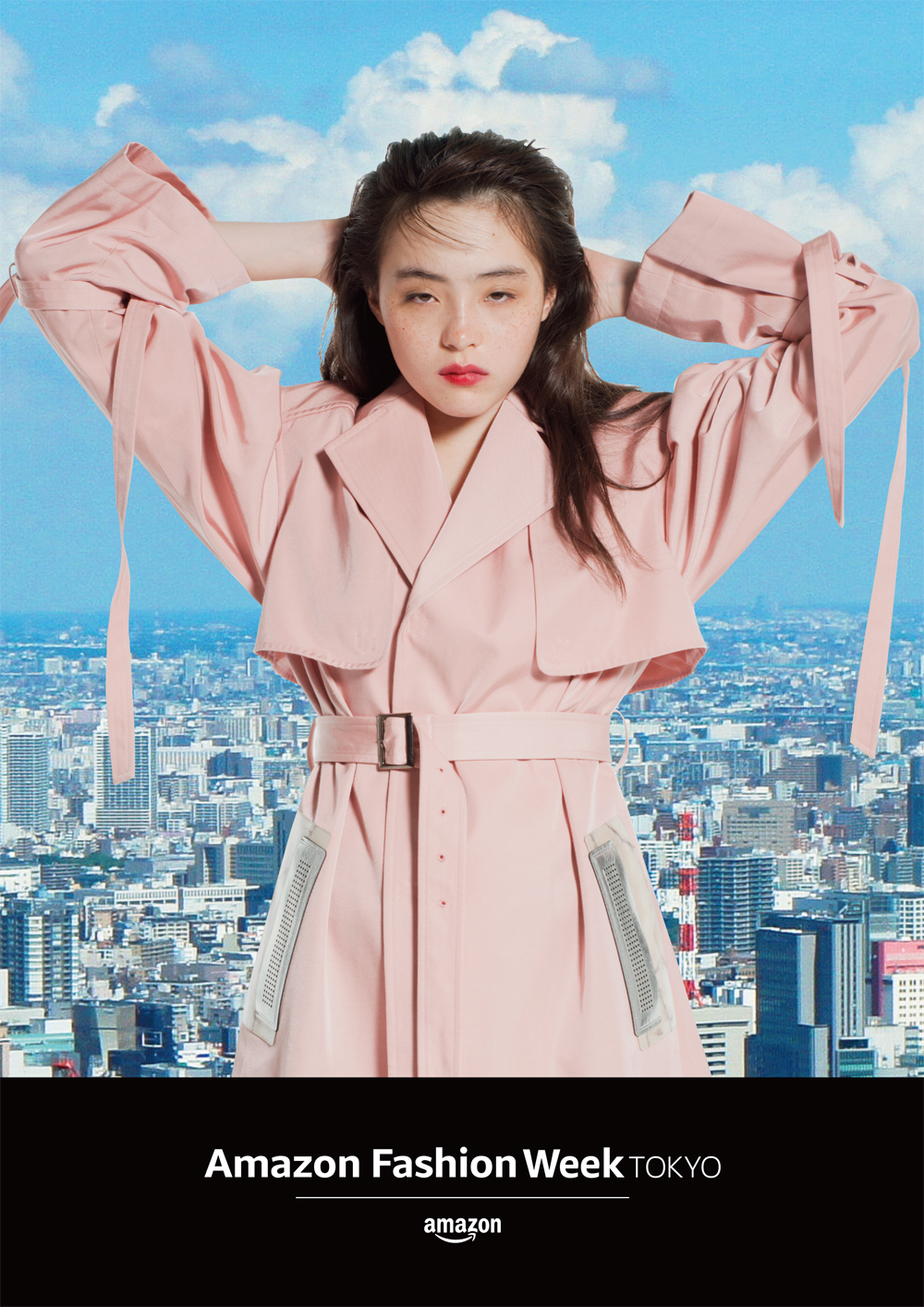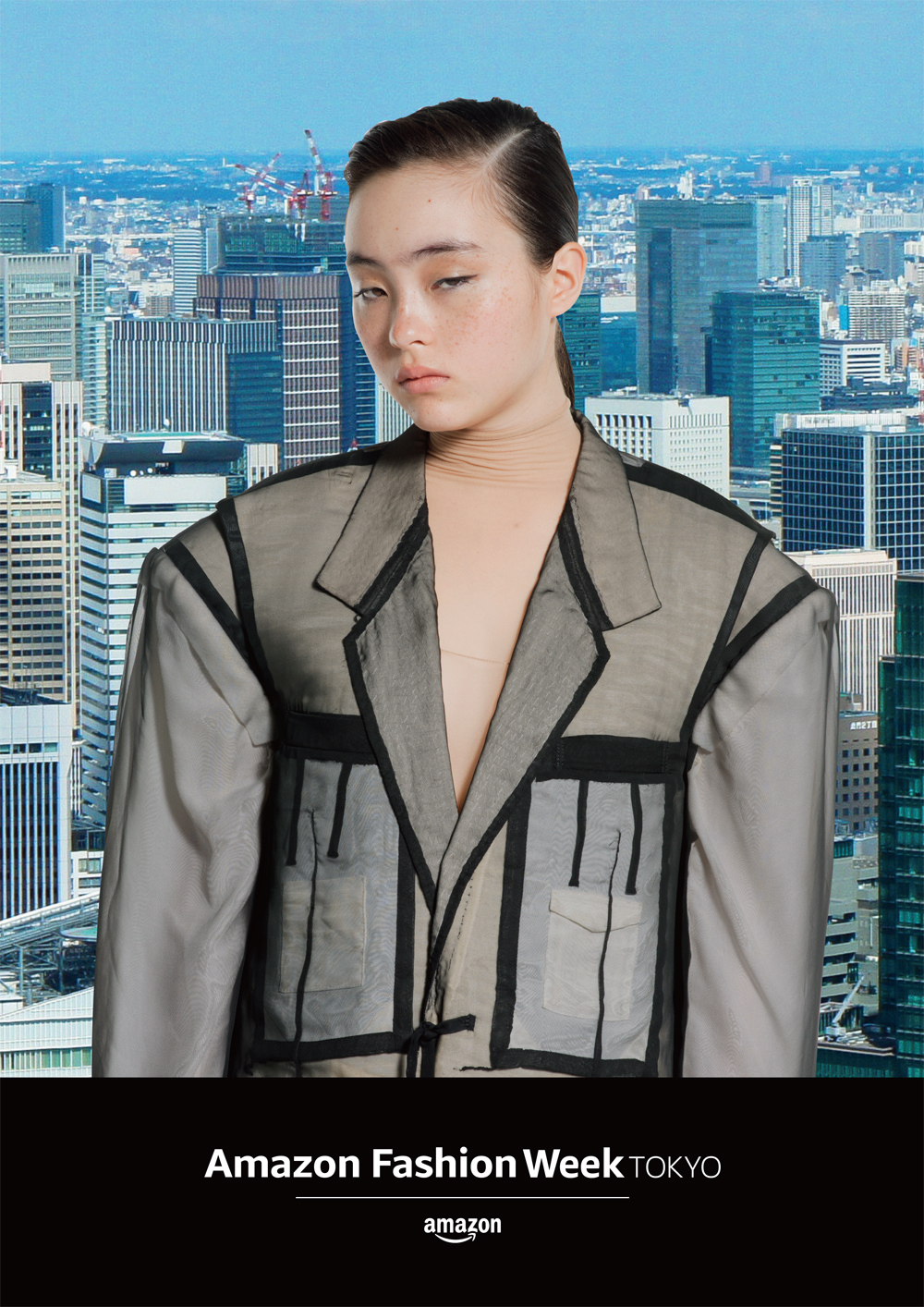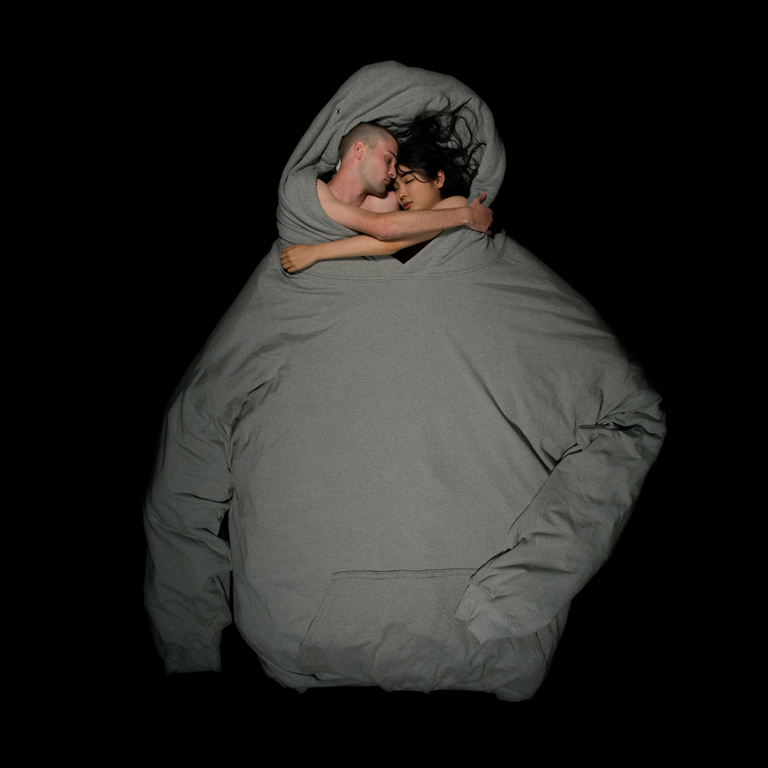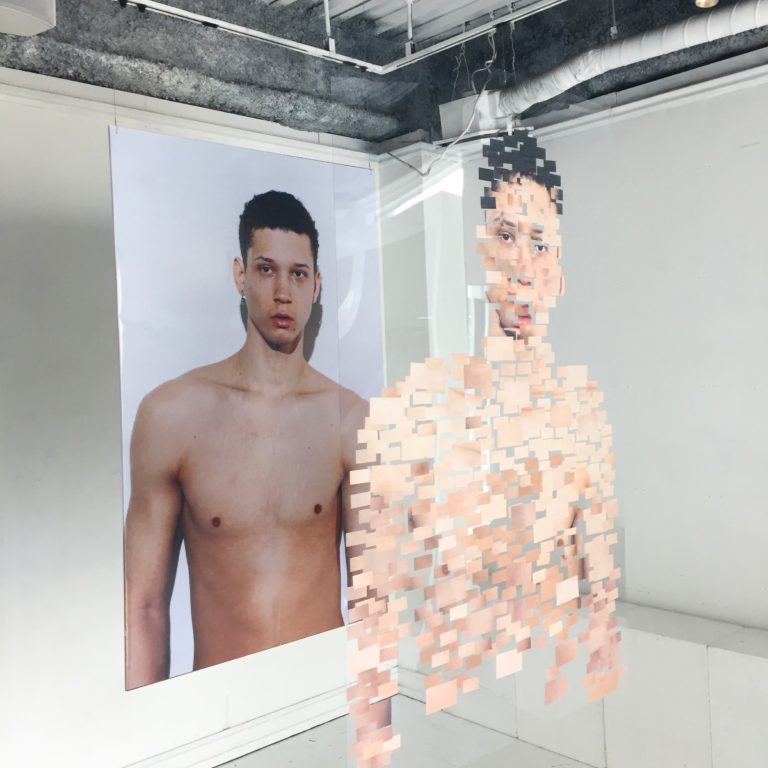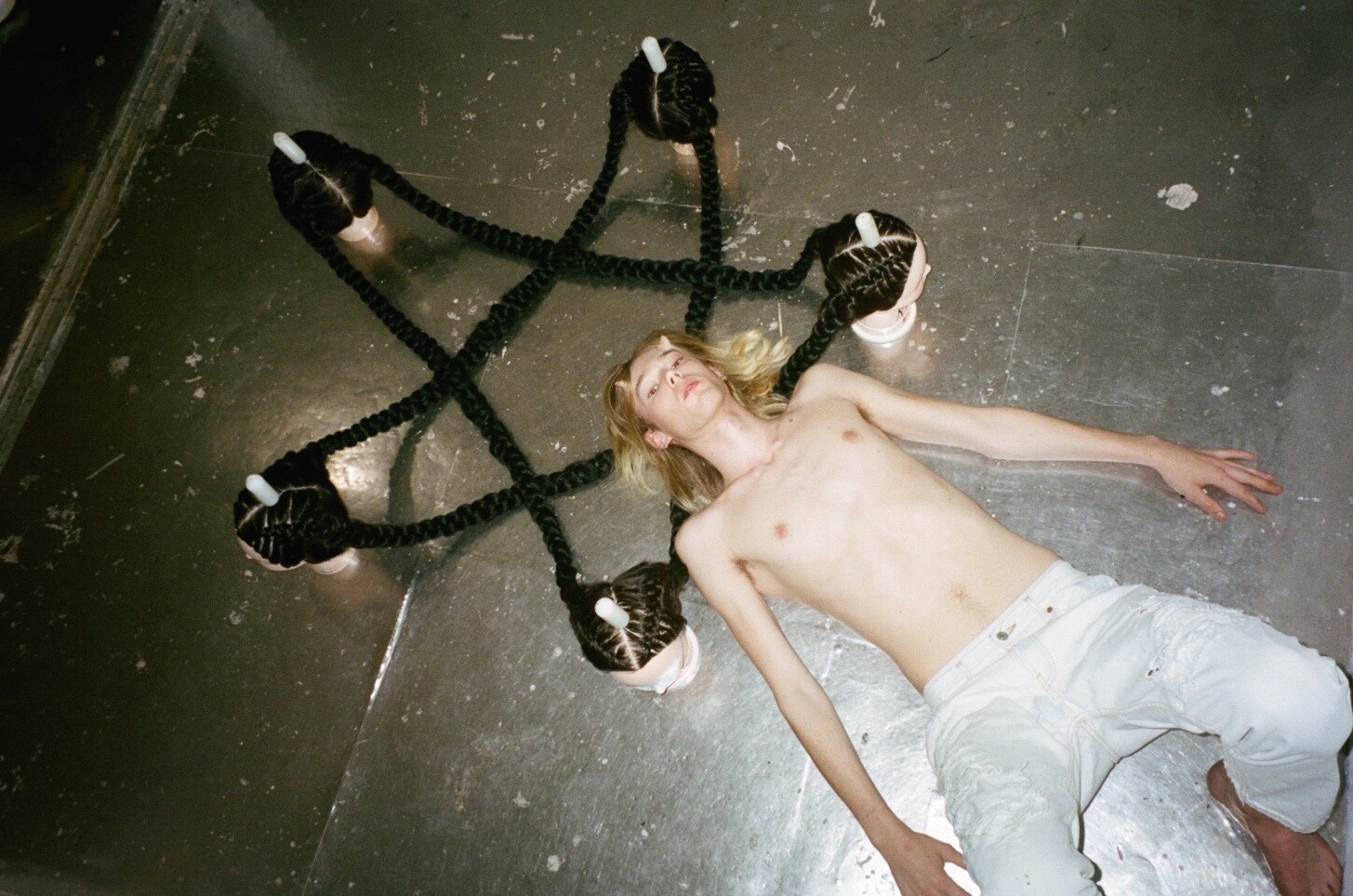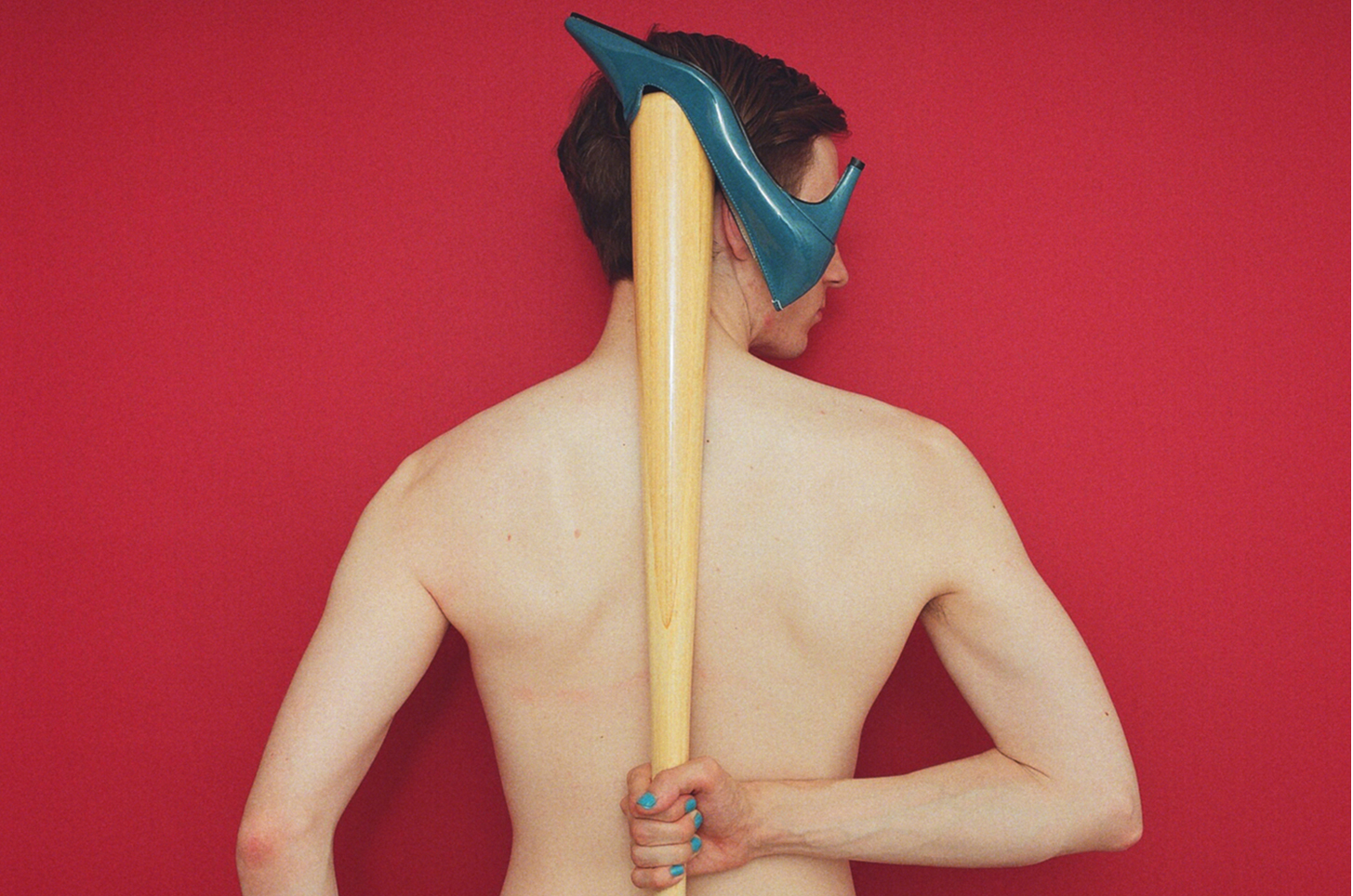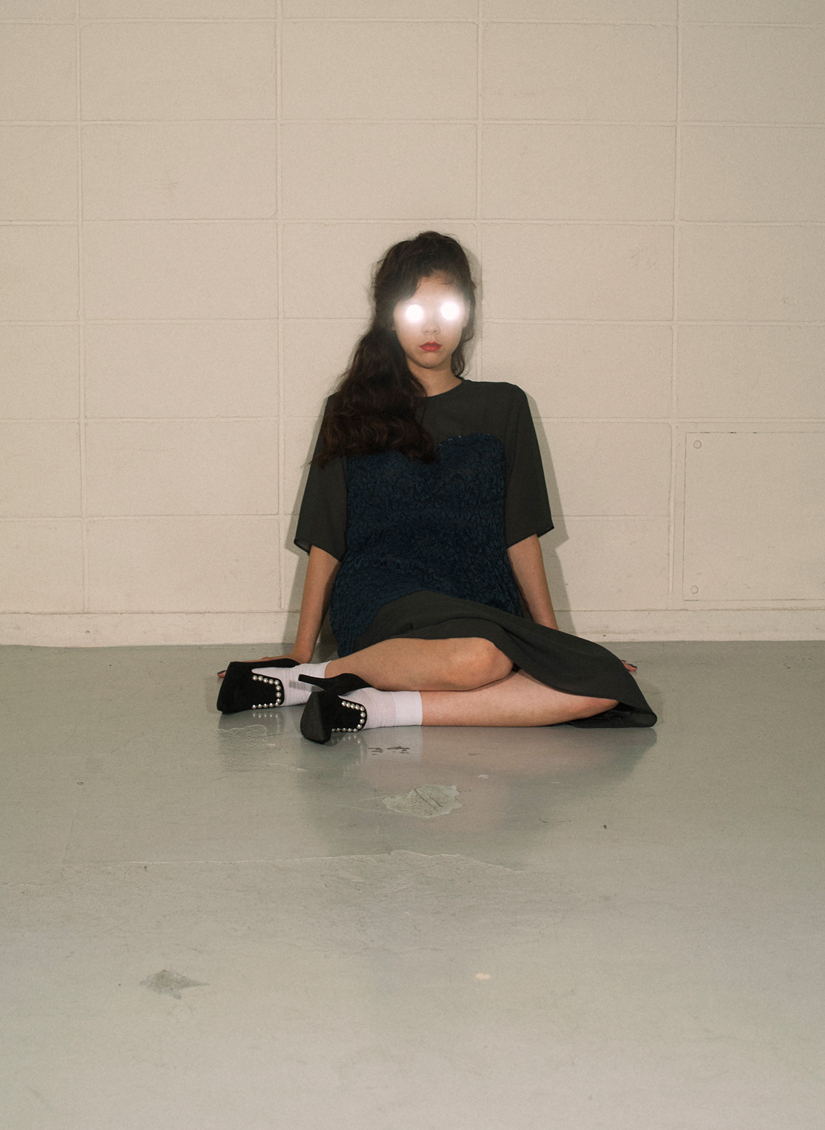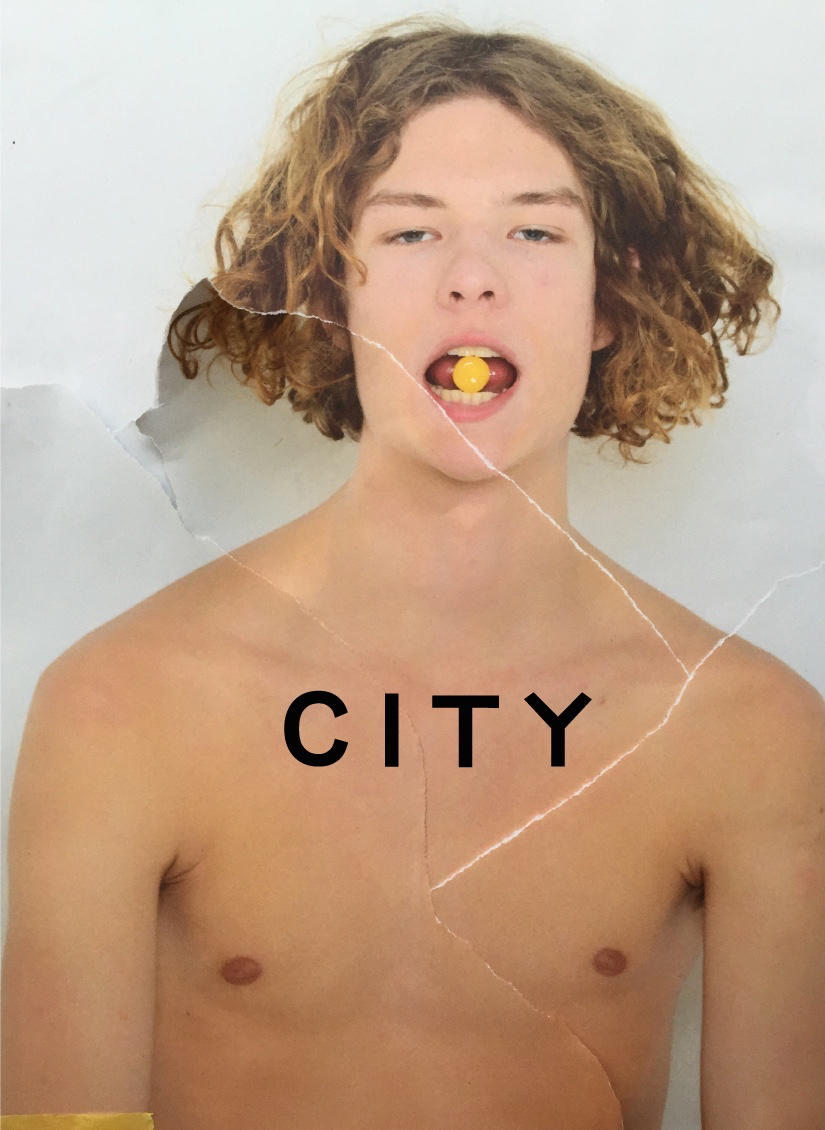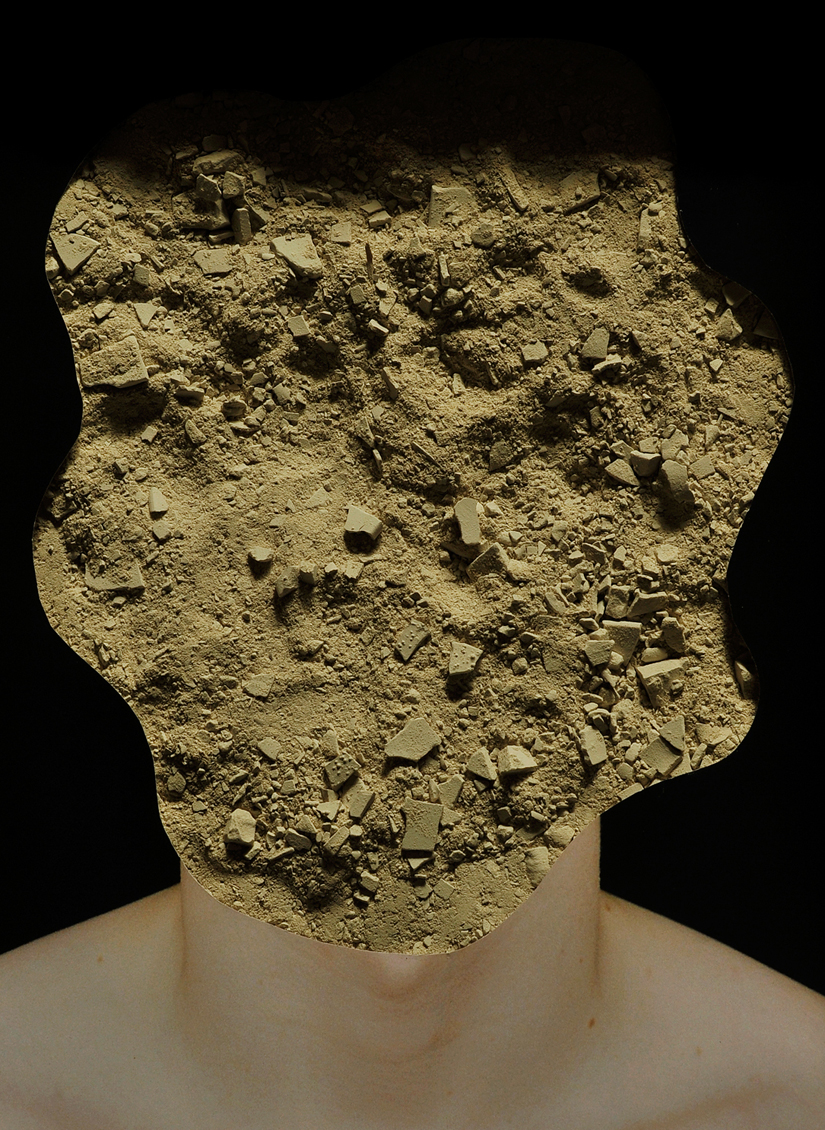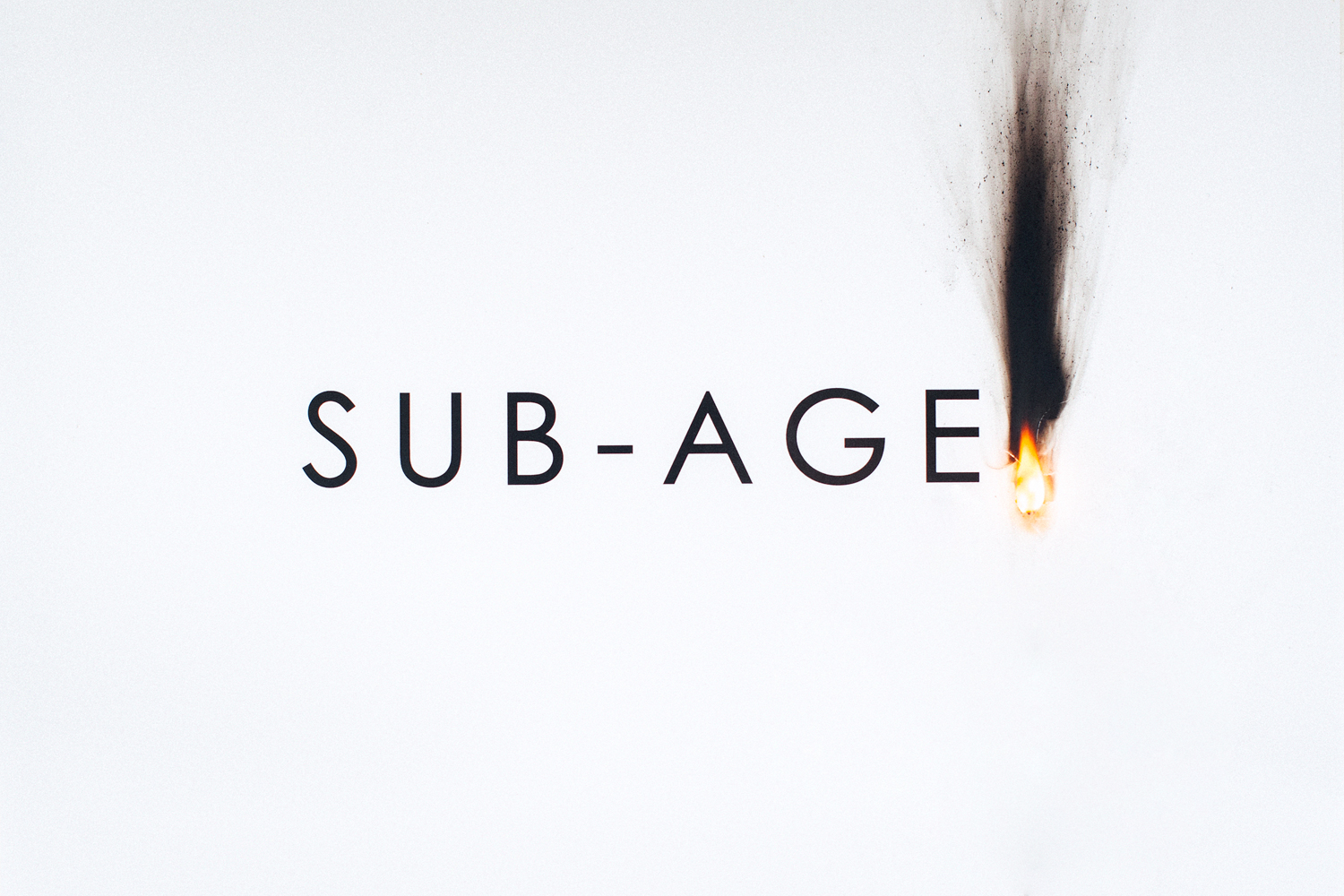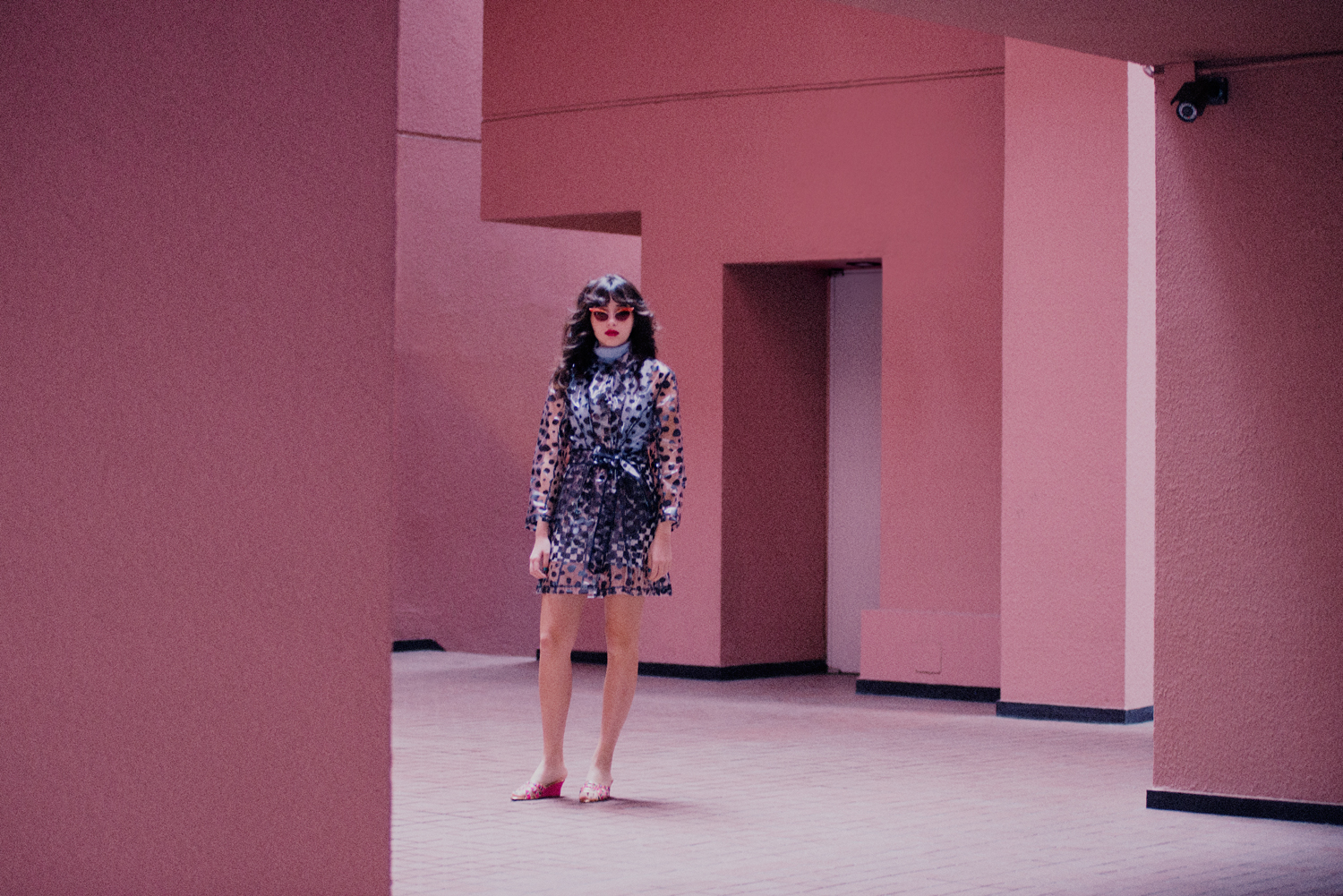Yoruko Banzai
Amazon Fashion Week TOKYO 2017 S/S & 2017 A/W Key Visual Creator
Born in Osaka, in 1982, graduated from Kyoto Seika University. Now based in Tokyo, as the Designer/Creative Director of the creative project “BANZAI”, he is actively involved in a wide variety of expressive styles which exceeds the boundaries between art and fashion, including creating art pieces, advertisements, art direction/creation of exhibition space for apparel brands, graphic designs for corporations. As a fashion brand, “BANZAI” has many influencer fans.
[ Website ] http://yorukobanzai.com/
[ Instagram ] https://www.instagram.com/yoruko_banzai/
[ Facebook ] https://www.facebook.com/yoruko.banzai
[ Twitter ] https://twitter.com/yorukobanzai
Creator, Yoruko Banzai, alongside developing his own fashion brand, “BANZAI”, he undertakes making graphics utilizing his unique visual sense and art direction of other fashion brands, gathering attention from all directions. In continuance with last season, he oversaw the creative direction and art direction of the Amazon Fashion Week TOKYO 2017 A/W, creating a magnificent visual that goes beyond the boundaries of two-dimensional and three-dimensional, in cooperation with a shooting staff with great individuality. We’ve asked him on the behind the scenes of production, his source of creation, etc.
When did you become interested in fashion and/or design?
I was born at Suita City, Osaka, in the neighborhood of the Expo ’70 Commemorative Park which is famous for Taro Okamoto’s “Tower of the sun”. There, a flea-market is held every weekend, with all sorts of things being sold from used clothing to miscellaneous goods, even old movie pamphlets, and I had been going there since I was twelve, thirteen years old, which is my formative experience. Ever since, I’ve been interested in fashion and became familiar with all sorts of cultures including movies. At the art university in Kyoto to which I later proceeded, I experienced various forms of expression, including movies, photography, performance, etc.
What did you do after graduating from university?
I joined the photograph department of a design office, and took photographs of office supplies. There were many hardships, like having to shoot a photo of copier paper stacked up in a 3-meter tower (laugh), but much of my experiences during these times are being utilized in my work today, which I mainly do manually without using CG. From then up to when I was about 24 years old, I also organized club events and went to study abroad. For me, it was a time of networking, and the relationship with many of the people I work with today, started during this time. One of the most important encounters of this time was coincidentally sitting next to a designer of a brand that is even carried in Paris, at an Oden restaurant I frequented back then. By this chance meeting, I started working at this designer’s store, and eventually began to make fashion items such as bags, myself. This was the start of my own brand, “BANZAI”, but because I always liked photographs I put in a lot of energy in creating visuals, and a person who liked my work commissioned me, so I started doing art direction work also. And when I noticed, I received a request to produce this key visual.
Jacket & Pants: SOSHI OTSUKI
Please tell us the theme of this term’s key visual.
The theme is “REAL”. Today, with just one click on an EC site, things we see on-line are delivered to your home the next day, and become real things. With such relationships of reality and on-line existing on one hand, but on the other hand, there are people whom are living a full life in SNS but I feel their daily life in the real world isn’t quite so glamorous (laugh). In other words, just because a two-dimensional photo can immediately become a real thing, it doesn’t mean that everything we see in the two-dimensional is its true form in reality. Because we are living in such times, I wanted to express a visual that can become “REAL”, surpassing the frame of two-dimensional and three-dimensional, on-line and reality.
How did you think to express this theme?
I thought of incorporating the “REAL” theme in the production process. By using a method of buying royalty-free photographs sold on-line as graphics, and compositing it as the background with photographs we took of the model, we made an attempt in fusing two-dimensional with three-dimensional. On the other hand, for the movie, we took an approach of shooting real sights of Tokyo using a VR (Virtual Reality) camera able to shoot 360 degrees, and composited it with movies of the model. I think we were able to interestingly express the theme of two-dimensional and three-dimensional fusion and comparison, whilst doing various experiments using photographs and movies.
SHIRT/JACKET/COAT: Christopher Nemeth
NECKLACE: Christopher Nemeth × Judy Blame
GLOVE: Rambling
COAT: YOHEI OHNO
DRESS: TARO HORIUCHI
TRENCH COAT:
YOHEI OHNO
Jacket & Pants:
SOSHI OTSUKI
Please tell us about your shooting staff also.
Ms. Satomi Yamauchi, whom I asked to do the shooting, is usually active as a writer, and I not only love her usual work, but her themes and process is interesting so I work with her often. As for Ms. Riyo Nemeth, whom I asked to shoot the movie, helped me make the movie for last season’s fashion week. I love her works also, and this season’s ideas for the movie came from Ms. Nemeth. The styling was done by Ms. Yumi Nagao, the Director/Buyer of a shop in Shibuya named “Sister” (FAKE TOKYO). They carry complete line-ups from street brands of Japan to overseas high brands, even pick-up unknown brands. I’ve been resonant with her sense and world view from before, so I asked her to participate. I think she is the best person in expressing the now of Tokyo. As for the music, I asked Mars89 whom has been doing the music at “BANZAI” exhibitions. As we had done with the movie, I had him soundscape various places in Tokyo to make this times music.
Looking back, how was this time’s production of the key visual?
This time, I think not only me but everybody involved was dealing with the shoot with an art director’s point of view. Under an abstract theme, it was a work that was created through team discussion. I myself was very inspired by it, and the shooting was extremely fun. As I’ve mentioned earlier, I’ve always liked photography and I had done shots myself, but shoots like this time cannot be done alone, and I felt, being a part of a shooting in which all sorts of opinions pop-up and mix together creating a chemistry, is the fun of doing art direction work.
In your own fashion brand “BANZAI”, is your line of thinking and/or stance very different from when you’re doing art direction work?
In art direction work, each case is different so it is difficult to generalize, but most of the clients whom have given me offers because they like my work, have given me carte-blanche to do as I wish with virtually no restrictions. With that said, when making brand look-books, I must be conscious of sales to a certain degree, so I think of how I can express my colors whilst listening to the client’s image. Whereas in my brand, I think I do as I wish within the boundaries of not being excessive. It’s like, I coordinate by pulling out things and ideas from shelves that I’ve stuffed with daily things I’ve seen or felt. So there are times when I’m fiddling around with my hands, and one day suddenly, like fitting the last piece of a puzzle, I realize afterwards “so that’s what I was thinking about!”
In “BANZAI”, you announce art pieces along with fashion items. What is the relationship between the two?
I realize the primary object of a fashion brand exhibition is to have people see clothing, but in “BANZAI”, we wish for people to feel the totality of our world view through both our art pieces and products. At times, I start the production process by making an art piece of a daily question I feel, and at times its visa-versa, starting with clothes and creating an art piece to make the presentation more interesting. My image is to have customers enjoy the world view of the brand first, then take home the clothes to actually wear it. Art pieces I’ve created in the past are starting to pile up, and there are also many works, photographs that I haven’t shown yet, so one of these days, it would be nice if I could do a one-man-show of these works.
Finally, please let us know if there is any work you hope to tackle in the future
Now-a-days, the quality of movies is getting better by the minute, and I have the feeling that more people will be taking the approach of making an image visual by cropping movies. This project is such an example, but I think the choices for visual presentation will continue to widen, so in the future, in addition to photographs, I hope to do more visual work with movement such as movies and production. Since I had been doing performance as a university student, to me it is a sort of return to my roots. In fact, a brand participating in this season’s fashion week has asked me to produce their show. These are all new stuff that I have lined-up so it’s going to be difficult, but I’m really looking forward to it.


